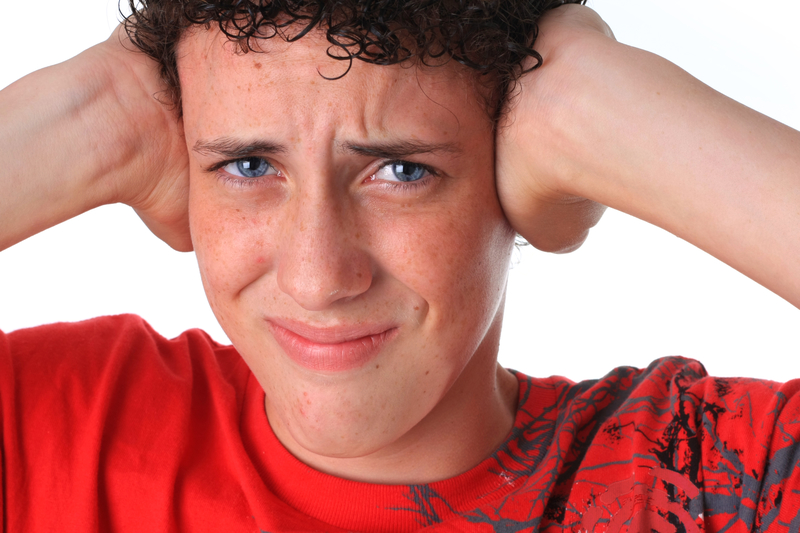
In this stressful environment where performance is the measure of one’s growth, the world where being the best is the only way to succeed; teens are under enormous pressure and this leads to numerous health concerns. In the race of achieving excellence and success, the health is ignored and among the common indications of poor health is headaches. But, not all headaches have a similar cause, there are various categories it can be classified and analysed.
When dealing with headaches, it is important to lay attention on its patterns, causes and symptoms. One must be active and alert to find right doctor on meningismus (inflammation of the brain and spinal tissues and membrane). Studies reveal that headaches have become a commonly reported medical concern among teens and children amongst the age group of 12 to 17 years. These headaches can be due to multiple reasons, so parents shouldn’t always have to jump to sincere conclusions.
Types of headaches
In broad, headaches are classified as primary and secondary and can be caused as a result of various medical conditions.
- Primary Headaches are moderate migraines which don’t occur due to any underlying medical condition. These are short term headaches which may occur occasionally and can be caused due to improper eating habits, stressful schedule or irregular sleeping patterns. They can also occur due to climatic condition or a mere indication of a tired body. In certain cases, it may occur frequently, but physicians generally categorise them in the tension type migraines. The common symptoms of these headaches are nausea, vomiting, blurred vision and fever.
- Secondary Headaches are migraines which may arise as a symptom of an underlying disease and may or may not be related to a neurological anomaly. The chances of chronic headaches among children and teens are extremely low, but acute ones are a matter of concern and one must consult the doctor.
Headache Pattern identification
A headache may follow a pattern and based on the scenario, doctors can analyse the cause.
- Acute: These headaches are occasionally occurring migraines and may not require any medication or professional consult. Maintaining a proper diet and sleeping patterns can resolve the condition.
- Acute but recurrent: If the patient is suffering from recurring headaches and they tend to come up while performing certain activity or due to some condition, one must pay special attention and monitor the patterns and causes of the same, as this may help resolve the issue.
- Chronic, non-Progressive: For teens undergoing biological changes or change in schedule are more likely to experience such headaches. It may be a matter of concern, but the good news is that it doesn’t worsen progressively. Seeking medical consult would be a god choice
- Progressive and chronic: Increasing frequency of headaches and them growing worse over time may be an indication of a serious underlying condition. These, if ignored, might give rise to concerning matters and may cause considerable damage. For patients suffering from medical abnormalities must seek medical attention on a priority basis.
Probable causes of headaches
Every human has got a complex structure, a different reaction to various condition and their system may respond uniquely to various stimuli, thus the absolute cause of headaches and migraines remain unknown at large. However, based on the frequently reported symptoms and diagnostics, there are some of the commonly identified reasons and causes for non-concerning headaches among kids and teens.
Researchers believed that headaches were solely related to dilation and constriction of blood vessels connected to the brain, however with new studies and extensive analysis, inherited abnormalities, trauma and infections have made up to the list for probable causes.
Studies have revealed that kids with parents having a history of migraines have a tendency to develop the same medical condition. And any trigger could give rise to acute headaches. The frequently identified triggers include light sensitivity, weather conditions, fatigue or sound. Others like an allergy to certain products and foods, irregular sleeping and eating patterns, sudden schedule shift or anxiety should equally be suspected. These causes are usual suspects for acute and non-progressive migraines and are categorized as tension type headaches.
For secondary headaches, with considerable chances of developing a progressive cycle; you should consider them as a sign for concerning medical conditions like Infection in the brain, meningitis, blood clots, abscess, haemorrhagesor trauma.
No matter what the condition might be, or shall be the underlying cause; as a responsible person you should consider logging all the details regarding the headaches, as they will help with the diagnostics, and in the meantime try avoiding the identified triggers. Maintaining a record would aid in analysing the pattern and help narrow down the search for the culprit.
Diagnostics and remedy
How to manage headaches
Among teens, the most common reasons for headaches are stress related and their work schedule. Prolonged exposure to stressful schedules can lead to unhealthy outcomes and so specialists have worked up helpful programs and treatments to help teens manage their stress.
- Recording patterns
The parents and teens must work together to record the causes and occurrences of the headaches. Also, they should identify the triggers and must act upon them to avoid them. - Medication
- Stress management
One of the most effective ways to treat stress typed headaches is through stress management. Learning to cope up the activities and tedious tasks would help them maintain a healthy body.
To conclude, parents must ensure that their kids follow a healthy pattern of eating, physical activities and sleeping. Also, in case they develop a mild headache, avoid self-medication, rather seek medical consult and monitor the headache patterns.
